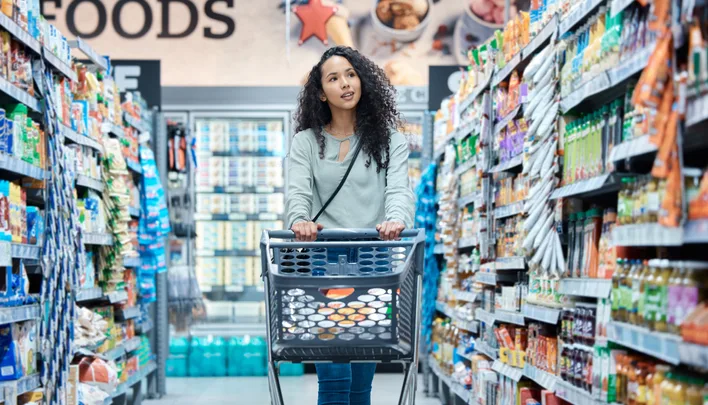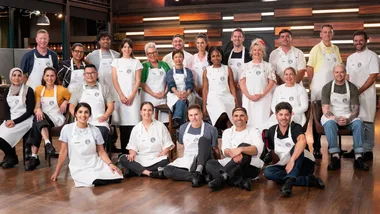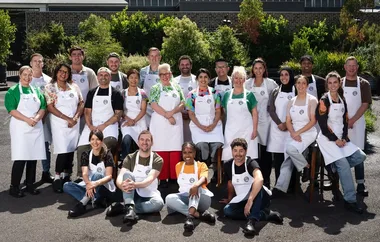The cost of your weekly grocery shop has risen sharply in recent years, and while some of that is due to the higher cost of doing business, profit margins have gone up, a federal supermarket inquiry has found. Australian grocery prices have risen by 24 per cent in the past five years and the “highly concentrated” nature of Australia’s grocery sector means there is no easy solution to the growing cost of feeding your family.
The year-long supermarket inquiry by The Australian Competition and Consumer Commission (ACCC) came up with 20 recommendations to increase transparency and competition in the sector, but the consumer watchdog says there is “no silver bullet that will address all the issues we have identified in the supermarket sector.”

Coles and Woolworths account for nearly 70 per cent of grocery retail outlets in Australia. This gives them considerable bargaining power with suppliers.
“Coles and Woolworths have limited incentive to compete vigorously with each other on price,” the ACCC found. However, the Commission’s Deputy Chair Mick Keogh said they were confident the recommendations “will make a difference for consumers … and will boost competition in the sector.”
Why did the government investigate supermarkets?
The Federal Government directed the consumer watchdog to examine the grocery sector amid cost-of-living pressures in January of last year.
The inquiry found Australia’s supermarkets are among the most profitable in the world. Many rural and remote communities face higher prices due to the cost of freight and a lack of competition.
What did the inquiry discover?
Until recently, grocery prices in Australia were growing roughly in line with wages. Then the cost of food started to outpace wage rises.
“By the end of 2022 and in early 2023 grocery prices were increasing at more than twice the rate of wage growth,” the ACCC found. This has slowed but “prices remain substantially elevated relative to wages,” the inquiry found.

This discrepancy hits lower-income houses harder because it takes a larger chunk out of their household income.
Because of this price increase, some customers have become more likely to compare prices and shop around. Coles and Woolworths, however, were found to be engaging in practices “that make it harder for consumers to judge whether they are getting a good deal and make informed decisions about whether to shop with them or elsewhere.”
ALDI was identified as a “crucial lower-priced alternative” to the dominant supermarkets. However, its product range is not as large as Coles and Woolworths.
Will Australia get another major supermarket?
The ACCC says it’s unlikely we’ll see a new supermarket enter the Australian market because “there are significant barriers to entry and expansion at large scale.”
The ACCC estimates Woolworths has 38 per cent of supermarket grocery sales nationally. Coles has 29 per cent, ALDI has 9 per cent and independent supermarkets have about 7 per cent.
“It took ALDI more than 20 years to achieve its current market share of nine per cent,” the report said.

What will help ease supermarket prices?
The ACCC says the government should look at support for community-owned stores in remote areas, where there is limited choice. It also wants to see supermarkets publish pricing information and be subject to minimum information requirements when promoting discounts.
Another issue was “shrinkflation” which occurs when a product size decreases but the price remains the same. The ACCC wants supermarkets to be required to notify customers when this happens.










